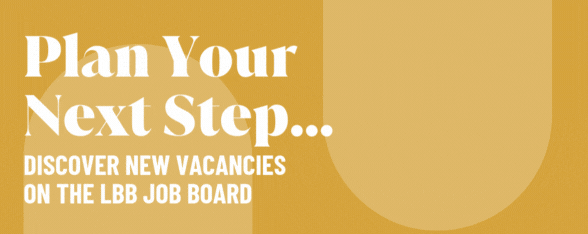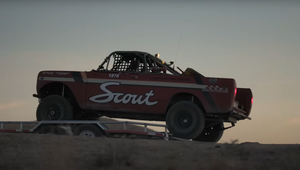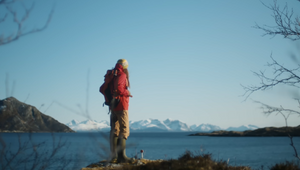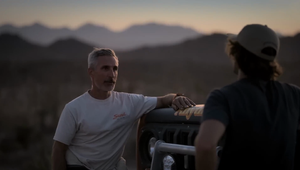
Finely Sliced: Why Editing Is a Game of Ping Pong for Nick O’Neill
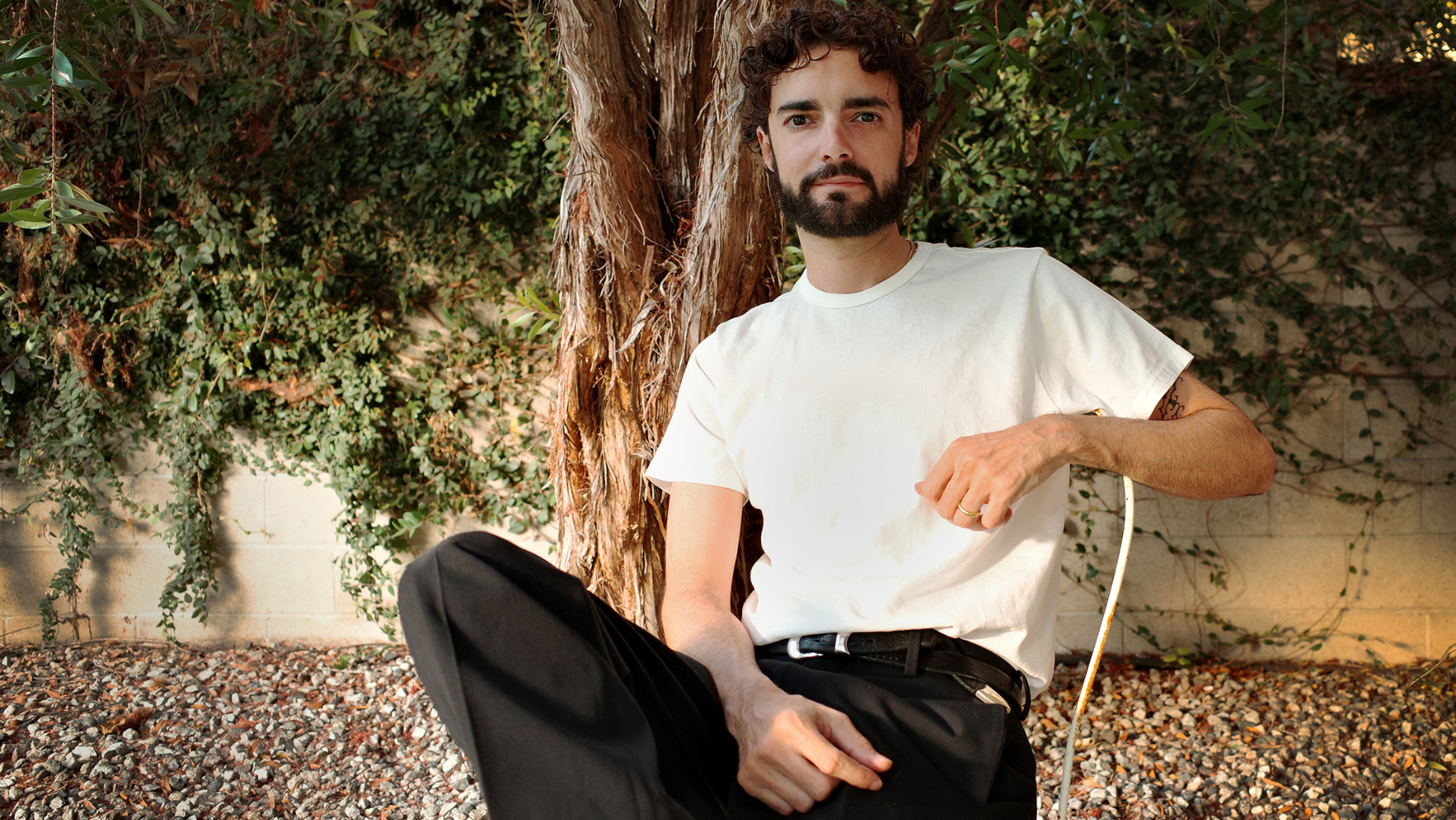
A graduate of the prestigious Savannah College of Art and Design, Nick O'Neill got his start in the industry as an editor at TBWA\Chiat\Day before joining Whitehouse Post in 2016. Known for his visceral and humanistic storytelling, Nick has cut for brands including Audi, BMW, Intel and Nike and worked with top directors like Mark Jenkinson, Christopher Anderson and Nicolai Fuglsig.
Recent high profile collaborations include work for Old Spice featuring Luke Hemsworth as Thor for Marvel Studios' Thor: Love and Thunder, Tiger Would for Nike and Candace Parker and Squid Game's Jung Hoyeon for Adidas.
LBB> The first cut is the deepest: how do you like to start an editing project?
Nick> After first screening and initial selects I usually like to start with a section I know will work. Whether that’s the first shot of the film or the last, putting something on the timeline that I feel good about gives me confidence. Making a little bit of a mess at the beginning makes the feeling of cleaning everything up that much better.
LBB> Non-editors often think of editing just in technical terms but it’s integral to the emotion and mood of a film. How did you develop that side of your craft?
Nick> No matter what NLE I’m cutting in, it’s just a tool at the end of the day. They all do things more or less the same. Coming from a cinematography background I often choose what shots I thought looked the best. But as I’ve continued my career, I’m less focused on what technically could be considered “best” and leaned into what feeling each take gives me. I really try to remove judgement on technicality and pay attention to emotion.
LBB> How important is an understanding of story and the mechanics of story?
Nick> I think we’re all conditioned to understand story to some extent, but as editors the challenge is crafting the story we want to convey. The emotion we want viewers to feel at very specific moments. Everyone knows how to tell a story, but to be able to do it while crafting the audience’s point of view is a skill every editor strives to accomplish.
LBB> Rhythm and a sense of musicality seem to be intrinsic to good editing (even when it’s a film without actual music) – how do you think about the rhythm side of editing, how do you feel out the beats of a scene or a spot? And do you like to cut to music?
Nick> Mostly cutting commercials, music usually plays a role in every project one way or another. I like to think of it as a game of ping pong. There’s an inherent rhythm to the game, but the speed changes as the play goes on. When I look at the timeline and all the shots look similar in length, I know the cut isn’t going to be very interesting.
After getting a few shots down, I almost always cut in a track just so I can feel the rhythm. Even if the music changes multiple times, there’s going to be a flow that’s harder for me to get without the pace of a track. I got into editing by shooting and cutting skate videos. They’re almost always cut right to the beat.
For example, a skater lands a trick just when there’s a bass hit. I try to avoid that in my work now, so the edits are a bit more unexpected.
LBB> Tell us about a recent editing project that involved some interesting creative challenges
Nick> I recently did a Beats spot where Jalen Hurts is talking to a younger version of himself in the mirror. There was only a tight profile and over the shoulder of Young Jalen, so we didn’t see his face. Matching the movements and comping together pieces of shots to make it seem like they were mirroring each other was a fun exercise.
I really like getting a few layers high on the timeline and piecing shots together. When it pays off, it’s one of the most satisfying parts of editing.
LBB> In the US we know that editors are much more heavily involved across the post production process than in Europe - what’s your favourite part of that side of the job?
Nick> Whenever I finish a job, I want to see colour as soon as I can. It’s definitely my favourite part of the process that I’m not directly involved in. After watching the cut with a LUT so many times, I love seeing it come alive after colour.
LBB> What’s harder to cut around – too much material or not enough? (And why?)
Nick> In the early stages of a project, I really like building options. Even if we end up presenting one version, I like comparison. Sometimes it’s tricky because when you make something new that you’re immediately drawn to, you have to ask, “is this better or do I just like it because it’s fresh?” And sometimes you go back to the original. But for me the comparison always sheds light on the way to go. I would say less footage is harder.
LBB> Which commercial projects are you proudest of and why?
Nick> Probably the first spot I ever cut, for Nixon watches. While it’s not my favourite edit, I remember the feeling that I had putting it together. That’s hard to replicate. There was a lot of learning on that job. A lot of challenges I hadn’t faced before. It solidified my passion for editing.
LBB> There are so many different platforms for film content now, and even in advertising something can last anything from a few seconds to a couple of hours. As an editor, are you seeing a change in the kind of projects you’re getting from brands and agencies?
Nick> Although the traditional :30/:60 spots aren’t the end all be all, we still see a ton of them come through the door. With all of the shorter form content out there I really appreciate when there’s a unique vision for the socials that isn’t necessarily tied to longer edits.
On the flip side, I love working on longer form content. I think it’s great that brands are open to telling longer stories and believing in peoples’ attention span so they can make something more impactful.
LBB> Who are your editing heroes and why? What films or spots epitomise good editing for you?
Nick> I remember watching 'Being John Malkovich' as a kid and being awestruck at the editing specifically. It was one of the first times I actively noticed the effect editing had on me. The editor Eric Zumbrunnen went on to cut a few of my favourite films including 'Adaptation' and 'Her'. Coming up through music videos he had such a visceral style that I always looked up to.
LBB> How does editing in the commercial world differ from the film world and TV world?
Nick> Having talked to friends who work in TV or features, I really appreciate the breadth of work we get to make. Although each commercial editor has their niche, it’s nice to be able to work on an emotional storytelling spot for a bit and then jump straight into something heavy in VFX.
I think there’s also a lot more room to play in the commercial world. Boundaries are always being pushed and disruption is at the heart of the industry.
LBB> Have you noticed any trends or changes in commercial editing over recent years
Nick> Just like in fashion, trends in commercial editorial are cyclical. For a few years docu-style was all the rage. We’d get tens of hours of footage for a :30. I’m seeing a lot of good improv comedy coming out recently, and I hope that continues.






